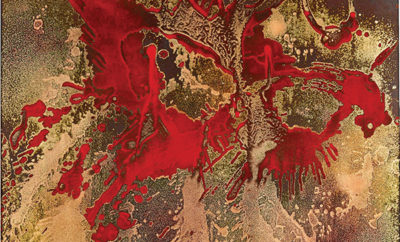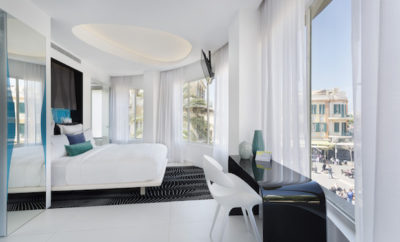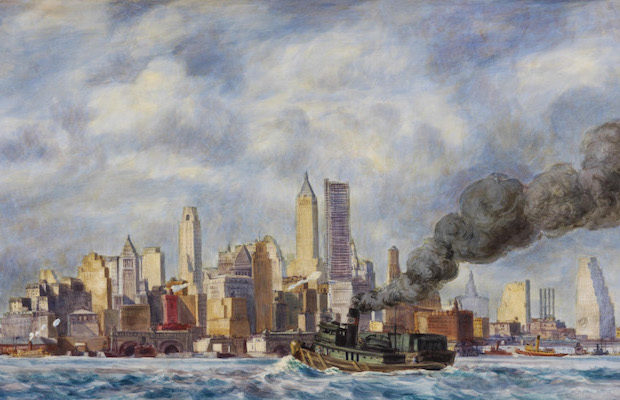
Exhibition
Moderne Times in the Empire State
CHAUTAUQUA TO SARATOGA Springs, Corning to Cooperstown, Albany to the Adirondacks. The upper reaches of New York State offer a wealth of summertime pleasures. One not to miss this year is in Utica, where the Munson-Williams-Proctor Arts Institute is mounting Roaring into the Future: New York 1925–35, an exhibition that highlights the state’s enormous contributions to the modern world in the decade following the seminal 1925 Paris Exposition international des arts décoratifs et industriels modernes.
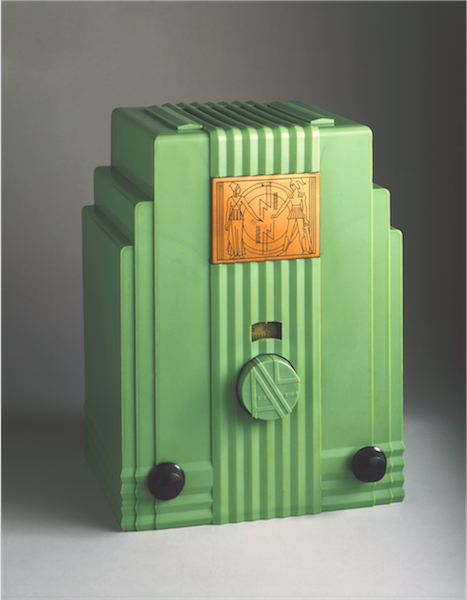
Brooklyn Museum, purchased with funds given by Walter Foundation
While—or perhaps because—the United States was not represented at the Paris fair since Herbert Hoover, then secretary of commerce, had claimed the country had nothing modern to offer, the show ultimately spurred an explosion of creativity and innovation here, especially in the Empire State. Indeed, says New York City–based Lori Zabar, guest curator of the applied arts in the show, “by 1935, New York was synonymous with modernism rather than Europe.” Anna Tobin D’Ambrosio, director and chief curator at the Munson-Williams-Proctor, adds, “and it wasn’t New York City alone that was the hotbed. In the upstate counties there was Steuben, Revere Copper and Brass, Corning Glass Works, Eastman Kodak, General Electric, Warren McArthur, to name just some of the players.”
Drawing from the museum’s own and an array of public and private collections, the show (on view June 18–October 9) is divided into several themes that reflect the multitude of social and technological changes that contributed to the flourishing of modernism in the interwar years: “Domestic Life and Home Entertainment”; “Cubism and Skyscrapers”; “The New Woman and Fashion”; “The Machine Age and Streamlined Styles”; “Nightlife: Jazz, Prohibition, and Cocktail Culture”; and “The Harlem Renaissance.”
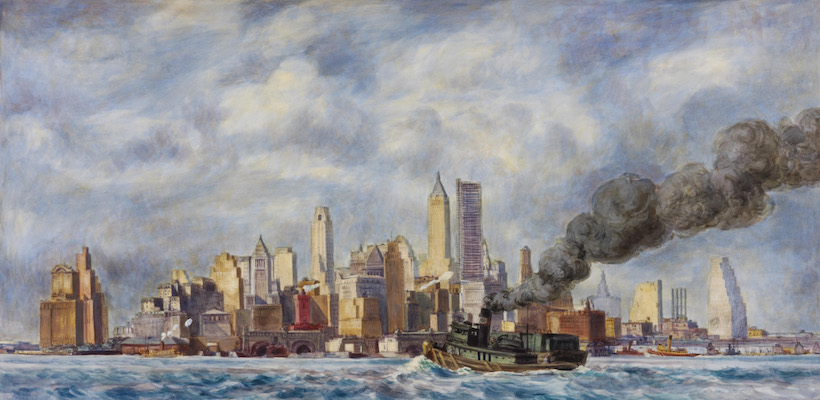
Munson-Williams-Proctor Arts Institute, Musuem of Art, Utica, NY, Edward W. Root Bequest
Fine art is mixed in with the applied—paintings, sculptures, and works on paper by the likes of Reginald Marsh, Stuart Davis, and Louis Lozowick. “These works reflect the excitement and enthusiasm artists had in the spirit of the new,” says Mary Murray, curator of modern and contemporary art at the Munson-Williams-Proctor. “They celebrated everything from industrial and engineering feats to the new social mores of social groups mixing on the streets and in nightclubs (particularly in Harlem). Stasis is rarely seen here; rather, the compositions thrive on movement—the dynamism of lines and planes in rhythmic patterns.”
Altogether, Roaring into the Future is a revealing testament to the pivotal role played by New York State’s artists, architects, and designers in developing the modern world. Don’t miss the smaller complementary show Cocktail Culture, organized by Murray, that explores man’s age-old relationship with alcohol in art and objects. It’s on view until September 10.


